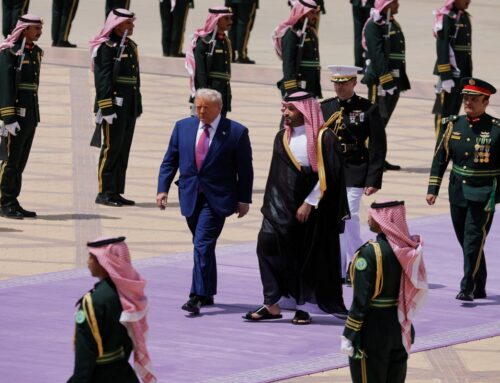MENA’s Renewable Energy Boom: Solar Capacity to Hit 180 GW by 2030
May 14, 2025
The Middle East and North Africa (MENA) region is emerging as a global solar energy leader. With falling solar costs, government-backed clean energy strategies, and strong partnerships with Chinese manufacturers, the region is accelerating its renewable energy transition.
- According to the Middle East Solar Industry Association (MESIA) 2025 Solar Outlook Report, MENA’s solar capacity could exceed 180 GW by 2030.
In 2024 alone, installed capacity reached 24 GWAC, up 25% from the previous year, and is expected to surpass 30 GW by year-end.
The UAE is leading the solar growth in the region with bold plans like the Dubai Clean Energy Strategy 2050, which aims for 75% renewable energy by 2050, and the Abu Dhabi Vision 2030, targeting 30% renewables by 2030.
It expanded its solar capacity from just 12 MW in 2012 to 6.1 GW in 2023, now ranking 10th globally in solar capacity per capita. Programs such as Shams Dubai are also encouraging homes and businesses to install solar panels.
To meet these goals, companies are incorporating digital and scalable tools that help manage large solar projects and improve efficiency.
Gears Up to Become Global Solar Powerhouse
- Saudi Arabia has giga-scale projects such as the 700 MWAC Ar Rass 1 plant and the Red Sea solar development.
- Egypt is also advancing rapidly, with the Kom Ombo 200 MWAC project now online and Benban Solar Park already contributing over 1.6 GW.
- North African countries like Morocco, Algeria, and Tunisia are scaling up, with Morocco surpassing 2 GW and Algeria targeting 15 GW by 2035, partly through its plan to solar-power 22,000 schools.
Set to Replace Southeast Asia in Global Solar Trade?
The global solar supply chain is undergoing a shift—and MENA is at the center of it. Wood Mackenzie projects that the region will emerge as a low-tariff hub for solar panel manufacturing.
As per Wood Mackenzie, with US tariffs on Southeast Asian solar modules reaching up to 651%, MENA’s 10% import tariff advantage is already attracting Chinese manufacturers. As a result, the region’s solar manufacturing capacity could reach 44 GW by 2029, with Chinese firms projected to control 85% of that output by 2028.
This trend is driven not only by tariffs but also by growing local demand, abundant sunlight, and regional ambitions to dominate solar exports. In fact, MENA is forecast to achieve solar module self-sufficiency by 2026.
These factors together make MENA one of the most cost-competitive regions for exporting solar components to global markets, especially the US.


Policy Push and Private Sector Action
Strong policy backing is another major growth driver. The UAE aims to triple its renewable energy capacity by 2030 under its Energy Strategy 2050, supported by AED 150–200 billion in investments.
Saudi Arabia has raised its clean energy commitment to $235 billion and wants two-thirds of its residential electricity to come from renewables by 2030.
Egypt and Morocco are also pushing hard, targeting 42% and 52% renewable shares in their electricity mixes, respectively.
Private players like ACWA Power, AMEA Power, Jinko, and Masdar are actively driving installations across the region. Notably, the Red Sea project in Saudi Arabia is integrating solar, wind, and battery storage to power an entire tourist development sustainably.
In the UAE, the 500 MWAC Abydos project will also include 300 MWh of battery energy storage when it goes online later this year.
READ MORE: UAE to Invest $54B in Renewable Energy as Part of Net Zero Goal
Innovation, Jobs, and Economic Impact of Solar Growth
The solar sector is fueling not just clean energy but economic transformation across MENA. Investments in solar are expected to create more than 500,000 direct and indirect jobs by 2030.
Advances in solar module mounting structures, tracking systems, and battery storage are reducing the Levelized Cost of Electricity (LCOE), making renewables even more affordable.
Several hybrid solar projects now combine PV with green hydrogen production, desalination, and waste-to-energy systems, reflecting a new era of infrastructure innovation.
With high solar irradiance, strong financing momentum, and growing investor confidence, the region is solidifying its position as a global solar hub.


MENA’s Solar Outlook: From Regional Player to Global Export Hub
Wood Mackenzie predicted earlier that the global solar market is expected to stabilize at 493 GW in 2025, and MENA is on track to contribute significantly to that total. With the right mix of natural resources, strategic trade advantages, and supportive policies, the region is quickly moving from energy importer to clean energy exporter.


All in all, MENA’s solar growth is not only helping meet climate goals but also shaping new economic futures for millions across the Arab world.
Search
RECENT PRESS RELEASES
Related Post





